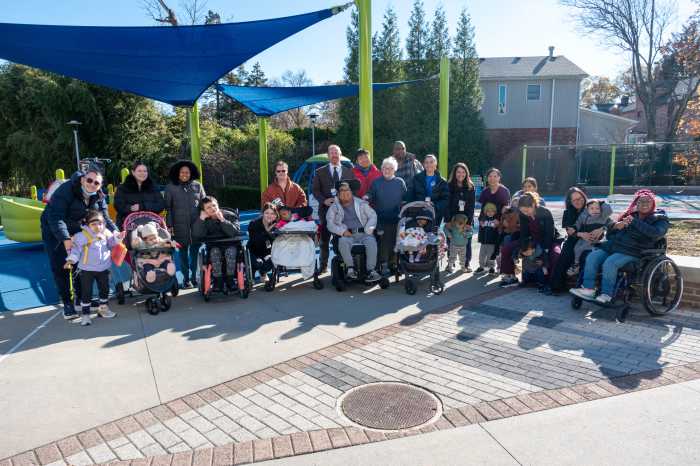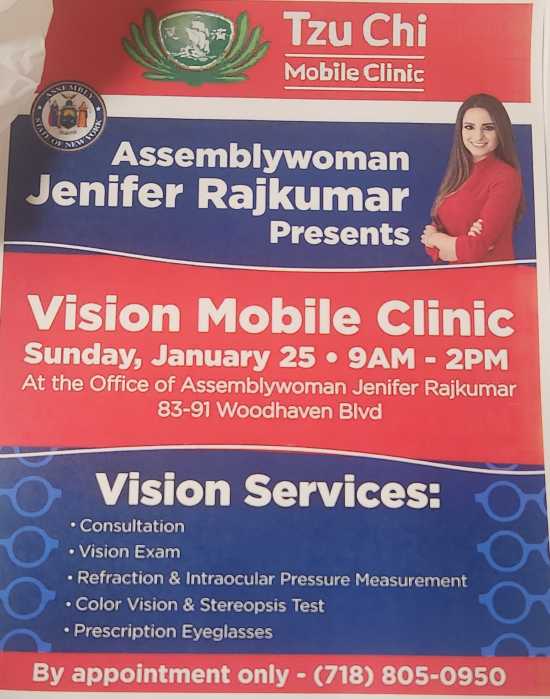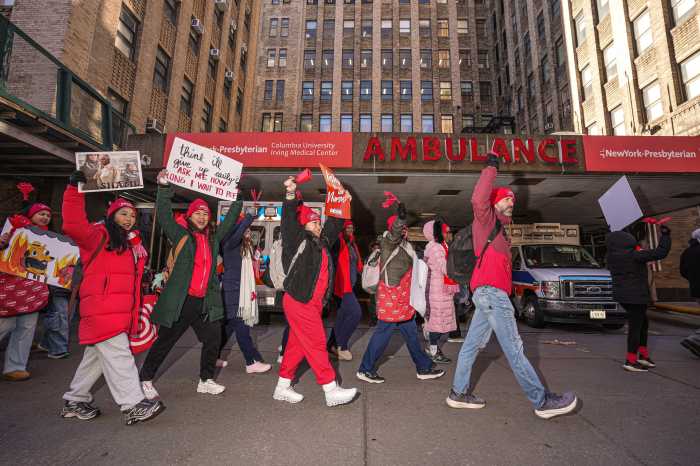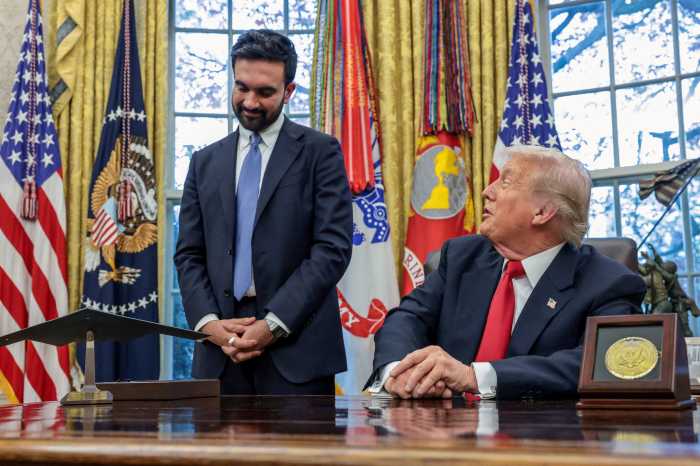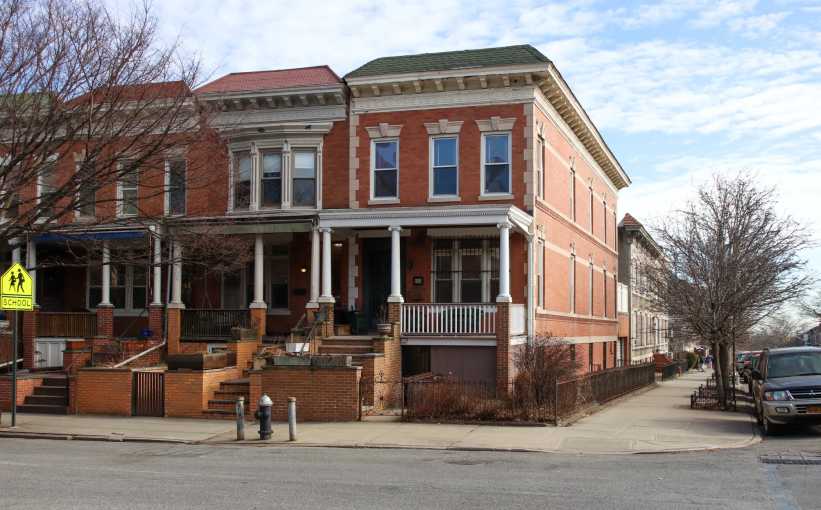New York Hospital Queens (NYHQ) is taking new measures, including in its pediatric emergency room, to take away some of the pain and anxiety felt by its youngest patients.
One such child-friendly initiative is the use of nitrous oxide, also called laughing gas, in the emergency room, which started in May. Dr. Gregg Rusczyk, the director of NYHQ’s Pediatric Emergency Department, explained that nitrous oxide has been used in dentist offices for a long time and that its use has been expanded to emergency rooms, where it allows for sedation without an IV.
“The use of nitrous oxide makes the treatment of injuries less traumatic for the child and the parents are extremely grateful,” Rusczyk said.
Rusczyk said that parents love the hospital using the nitrous oxide because there are fewer risks and it works and wares off “fairly quickly.”
“It’s been really greatly accepted,” Rusczyk said. “They’ve [the parents] been very excited about it.”
NYHQ’s emergency room has been focusing on pain control and making things as pain free as possible for children, Rusczyk said. They also use LET Gel, which can be put onto wounds, and LMX topic cream to numb the skin.
Another tool used by the hospital is Vein Viewer, which helps find the vein under the skin.
“I’d like to get to the point where any child that comes in doesn’t experience any pain at all,” Rusczyk said.
Rusczyk said that NYHQ’s Child Life program, which has been around for about 17 years, has helped expand the hospital’s child-friendly initiatives. The staff works in the pediatric unit, pediatric intensive care unit, the pediatric emergency room and with pediatric gastrointestinal patients. However, if requested they go to other areas of the hospital as well.
“Our mission is to help children and families cope with hospitalization,” explained Child Life Director Alisha Rappaport-Zubrow.
“They’ve been a God send in terms of really helping deal with the trauma of being in an emergency setting,” he said.
When children enter the emergency room, they are giving a coloring book, crayons and stickers. The book is about the hospital and helps educate the children about things such as the role of the doctors.
TVs, VCRs, and DVD players are available and allow children to watch programs in different languages. Rusczyk said the hospital tries to “offer something in every native language to make [patients] feel more comfortable.”
Other features of the Child Life program include laptops for patient use, a playroom and teen lounge, staff who can support, distract or prepare children, clowns and musicians, pet therapists, an art therapist, and Snoezelen, which “is a mobile relaxation and distraction therapy program.”
Rappaport-Zubrow said that the program is very important because it can make “a huge difference for children and families” and that it is “an integral part of pediatrics.” She said hospitals are a very scary place for children, particularly since they don’t understand what’s happening, so Child Life tries to minimize the trauma and help the children realize if they have to come back it might not be a bad thing.
Rusczyk said that making the hospital experience less traumatic for children will have an impact on the rest of their lives. He said that it could result in them not having a fear of hospitals as they become adults.
Rappaport-Zubrow said that the Child Life program always likes to start new things if the opportunity arises. For instance, she said she recently started a support group for children with irritable bowel syndrome and another for parents with children in the neonatal intensive care unit.
“I’m always looking for new things that we can do to help our kids and families…,” she said.
For more information about New York Hospital Queens, visit www.nyhq.org.

